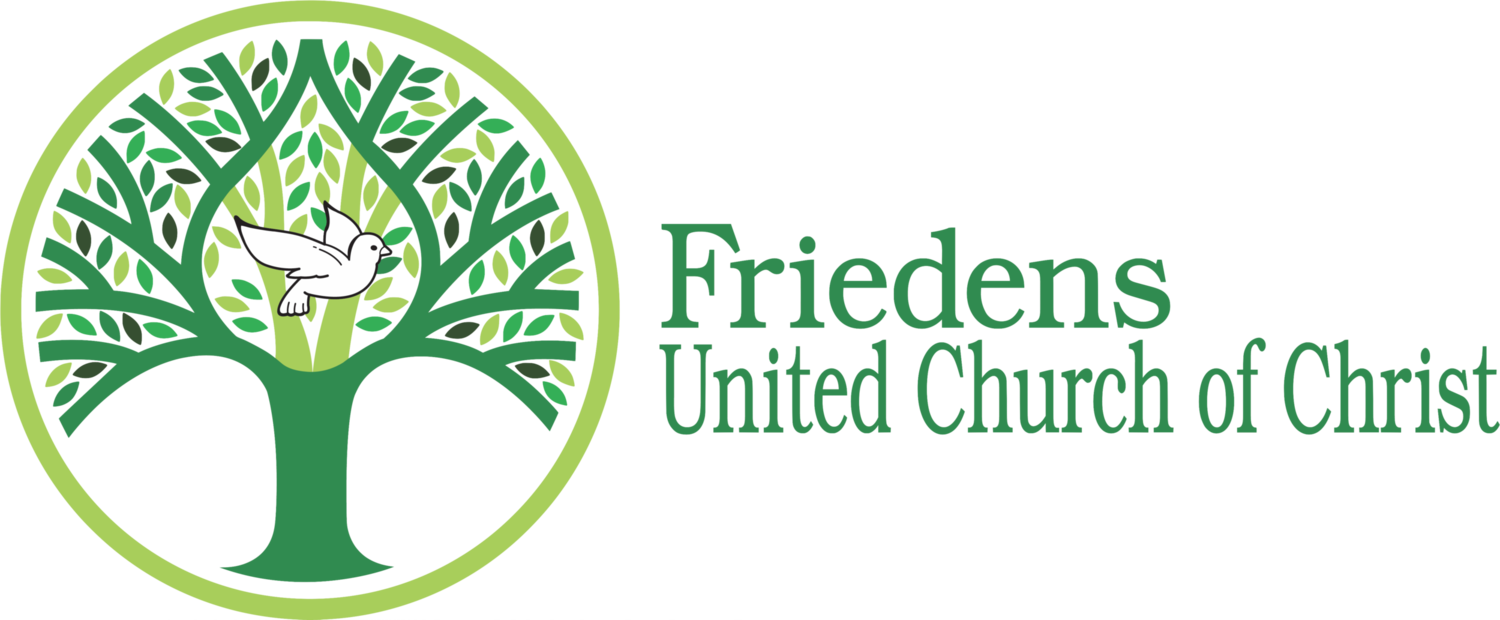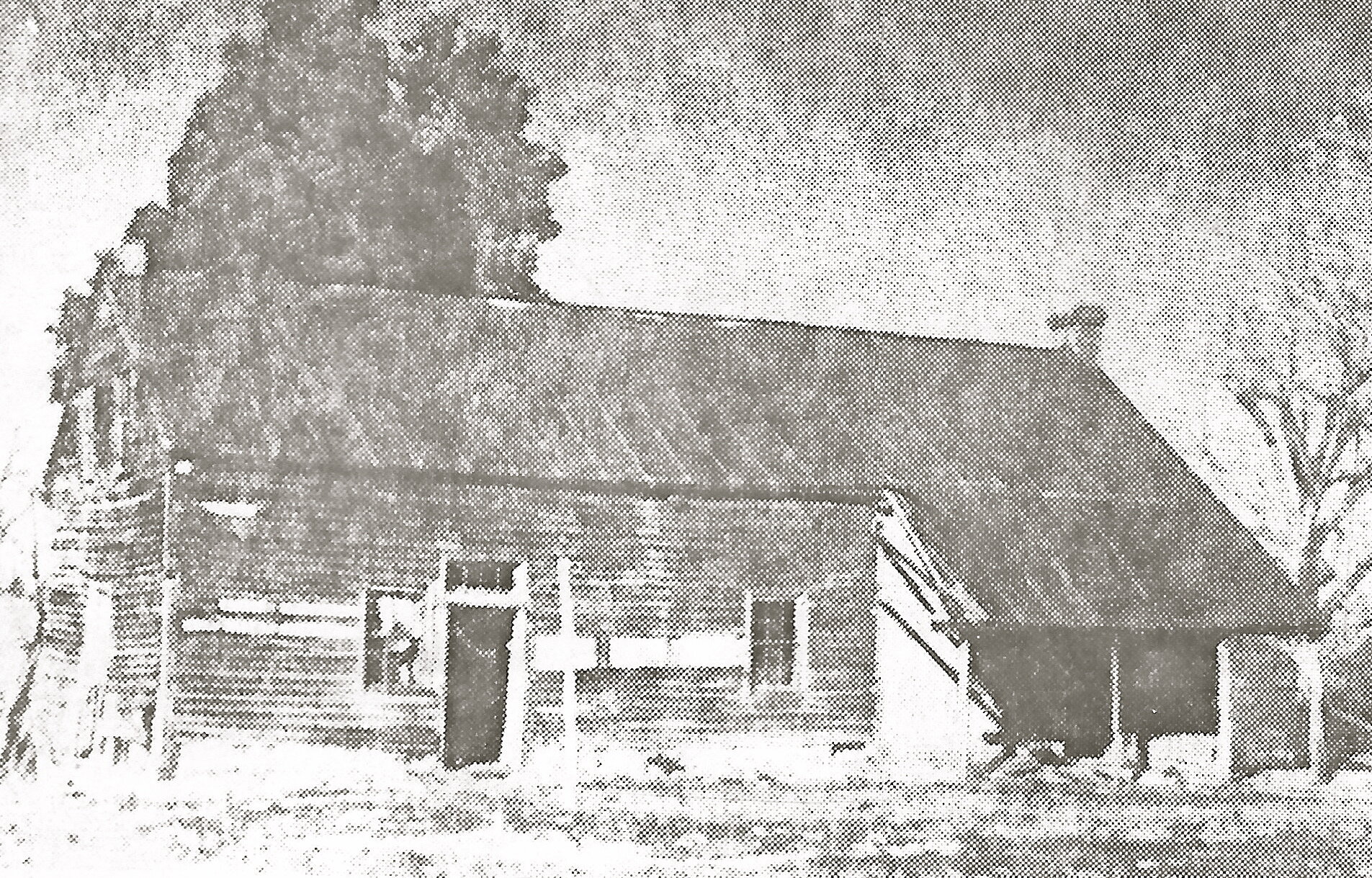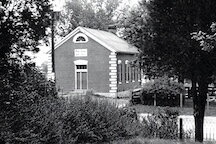Friedens HistorY
““In the still seclusion of the Missouri forests, where nature still reigns supreme, there it must be better. There, many hearts shaken by storms will find peace.” ”
The founders of Friedens were German immigrants who came to America from the province of Westphalia in search of a better life. They had left behind economic hardship, political turmoil, and a government-controlled religion. Attracted by glowing reports of this region by German writers such as Gottfried Duden, the first families of Friedens arrived in 1832, after a long sea voyage to New Orleans, then by riverboat to St. Louis, and finally to this area of St. Charles, where they established a farming community.
One of the homes the congregation worshipped in before a church was built.
They began worshipping together in their log cabin homes, attended to by traveling ministers on horseback. One of the first of these to conduct services for the Friedens families was Herman Garlichs, who helped establish other area churches, and was instrumental in forming the German Evangelical Church Society of the West. Over 20 pastors have served Friedens over the succeeding years.
In 1834, Robert Spencer, owner of a Spanish Land Grant, gave permission for the Friedens congregation to use one acre of ground on which to establish a cemetery and construct a log church, which would also serve as a school. In 1835 a teacher from Germany was hired to serve for room and board. He had no salary and stayed in the log cabin homes of each of the 9 or 10 members. In the autumn of 1836 the Friedens congregation purchased 43 acres where their church and cemetery was located. Although some of this land has been sold to build a new school and for highway improvements the church and cemetery still sit on the original land.
In 1837, Pastor Phillip Heyer became Friedens’ first stationary minister. He helped the congregation fully organize, adopt a constitution, and begin the first written records. The first church council members were Steffen Heinrich Freese, John Henry Hackmann, Steffen Heinrich Diekamp, Philipp Merten, John Henry Schmiemeier, and John Henry Westermeier. Many of these pioneers have descendents worshipping at Friedens today.
In 1839, the “Deutsche Evangelische Friedensgemeinde,” (meaning “Congregation of Peace”) log church was replaced by a church built of native limestone. A brick church replaced the stone church in 1864, using the old church’s stones for the foundation, and bricks made by congregation members themselves. The building served the congregation until 1962, when the cornerstone for the present building was laid.
A brick parsonage built in 1850 (once described as “the Palace of the West”) no longer stands, but a fellowship hall built in 1937 is still here. It has been renovated and is now the Celebration Center.
From Friedens came the beginning of two other congregations in the St. Charles area. In 1842 both Lutheran and Reformed families worshipped at Friedens. Friction between the groups led to some Lutheran members leaving to help form Immanuel Lutheran Church of St. Charles in 1847. In 1864, St. John Evangelical Church, now UCC, was formed to facilitate members who lived in town.
Friedens School, which once stood on what is now Highway 94, closed its doors in 1942, after educating several generations of Friedens children. Saeger Middle School in Cottleville is named for the Friedens schoolmaster of 55 years, Louis C. Saeger, who also served as the church organist.
From its humble rural beginnings and the 31 members who signed the original constitution, Friedens has grown into an enduring part of the religious landscape of St. Charles County. Our members continue to serve God in Christian education, fellowship and service organizations, worship arts, and involvement in missions and community needs. Praise God for what we’ve accomplished, and may we continue to serve our Creator and Redeemer for many years to come!





